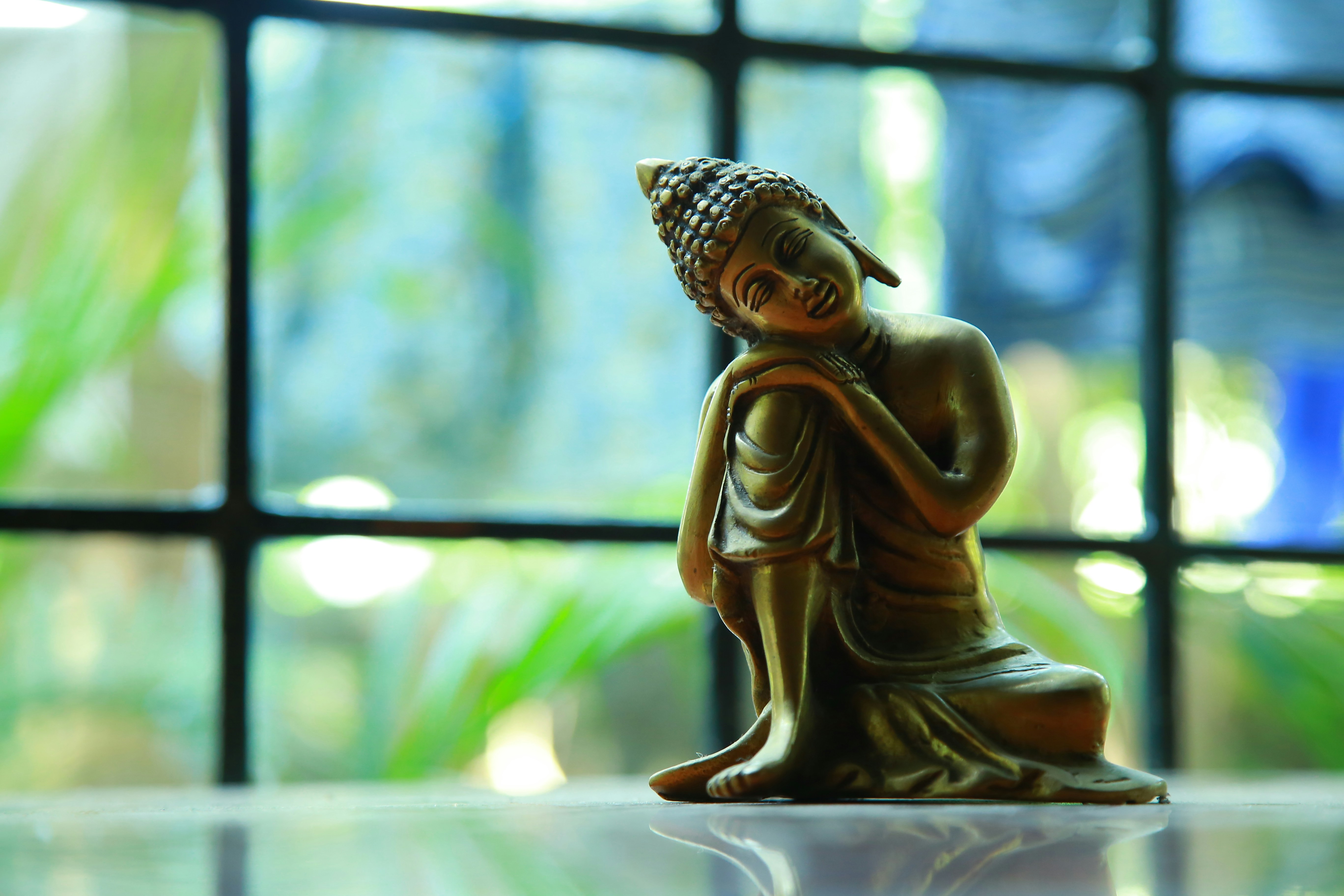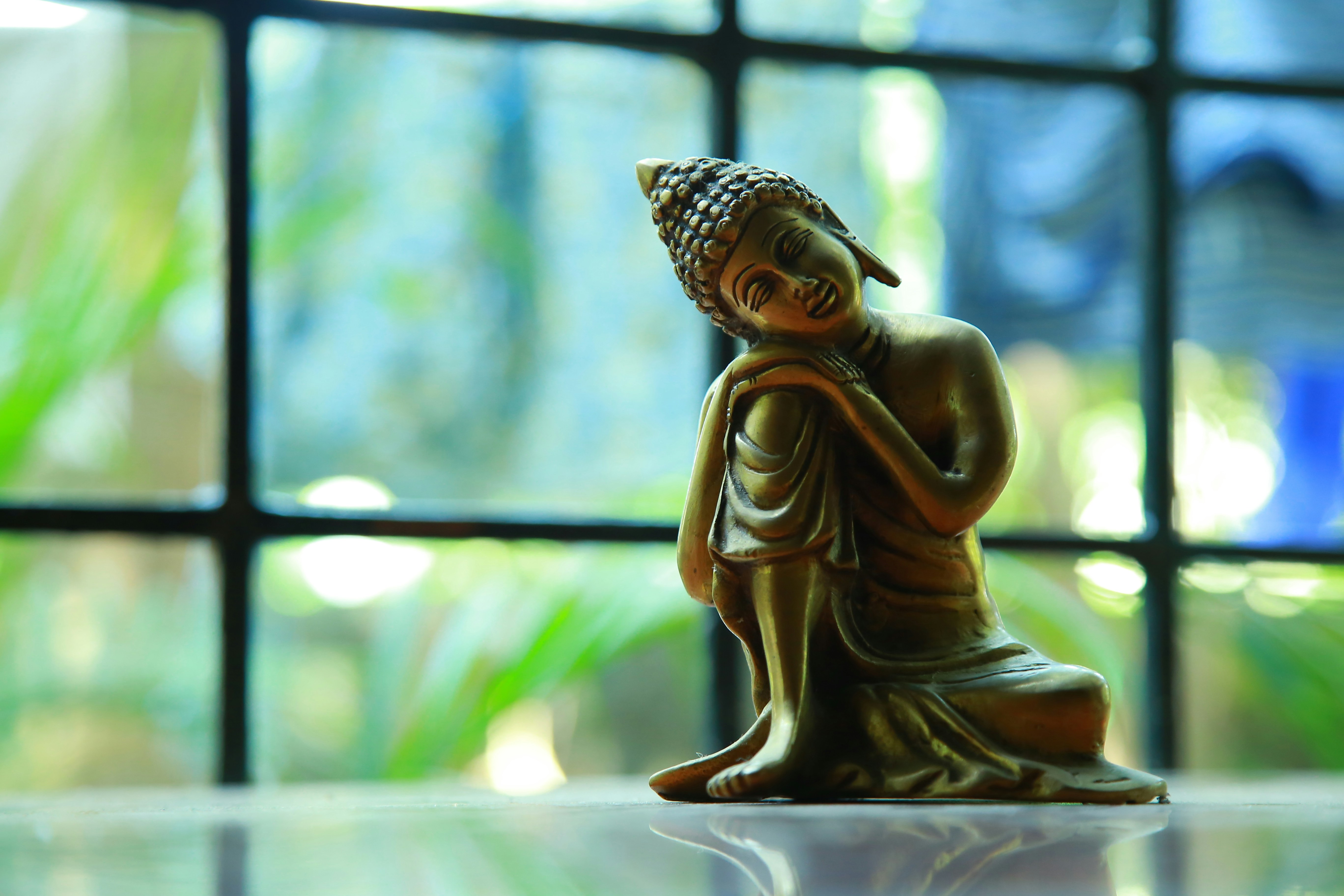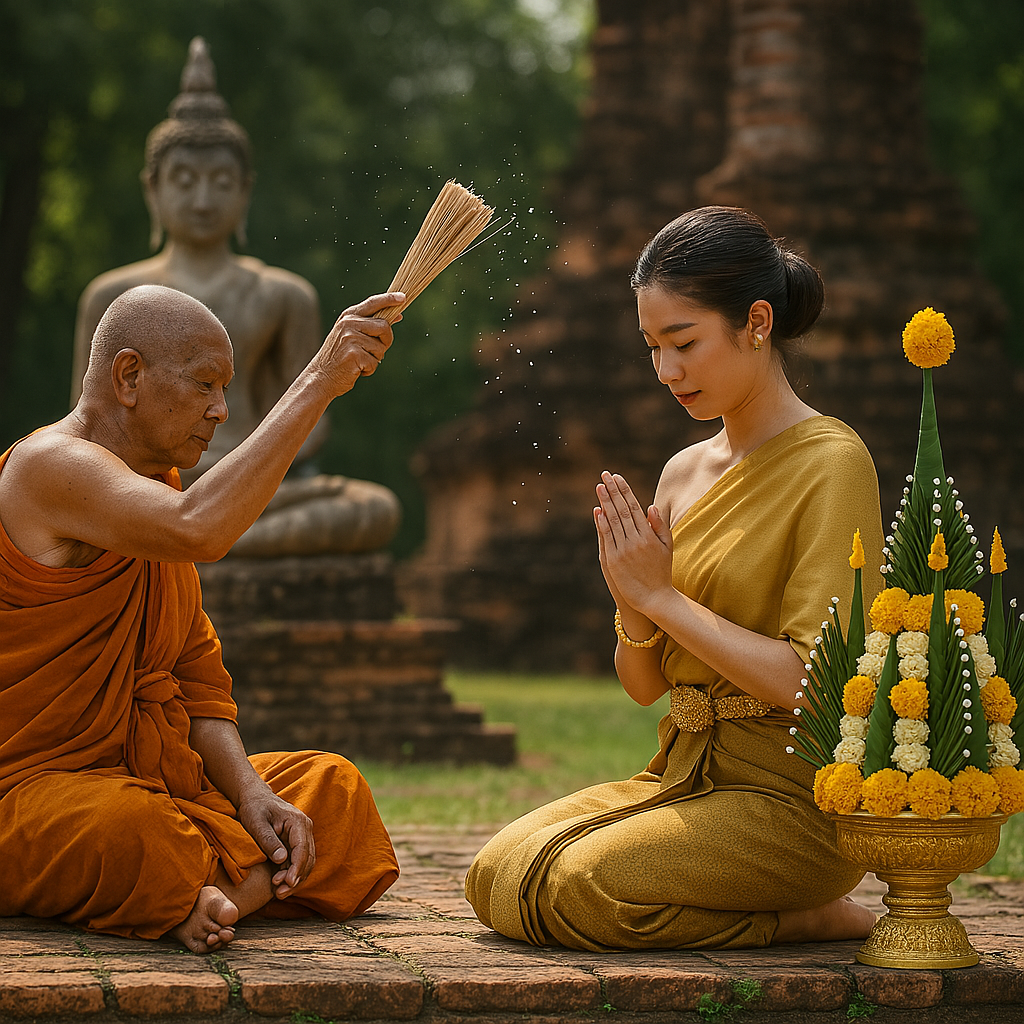
Thai temples, known as "wats," are more than just tourist attractions – they are active places of worship and centers of Thai cultural life. With over 40,000 temples scattered across Thailand, these stunning architectural wonders provide a fascinating glimpse into Thai spirituality and traditions. However, as sacred spaces, they require visitors to observe specific etiquette and behavioral guidelines.
This comprehensive guide will help you navigate Thai temple visits with respect and cultural sensitivity, ensuring a meaningful experience while honoring these important religious sites.
Understanding Thai Temples
Before discussing specific etiquette rules, it's helpful to understand what Thai temples represent in Thai society:
- Community centers - Temples serve as gathering places for local communities
- Educational institutions - Many temples traditionally functioned as schools
- Spiritual sanctuaries - Places for prayer, meditation, and religious ceremonies
- Cultural repositories - Temples preserve Thai art, architecture, and traditions
Most Thai temples consist of several buildings with different functions. The most sacred is the "bot" or ordination hall, followed by the "viharn" (assembly hall), and various stupas and monuments. Understanding these distinctions can help you navigate temple grounds appropriately.
Essential Dress Code for Temple Visits
The most fundamental aspect of temple etiquette is dressing modestly and appropriately. This shows respect for both the religious significance of the place and for Thai cultural sensibilities.
For Women
- Shoulders must be covered - No tank tops, sleeveless shirts, or off-shoulder tops
- Legs must be covered to at least the knees - No shorts, mini-skirts, or revealing clothing
- Tight or transparent clothing is inappropriate - Clothing should be loose and not revealing
- Modest necklines - Avoid low-cut tops or plunging necklines
For Men
- Long pants required - No shorts or three-quarter length pants
- Shirts must have sleeves - No tank tops or sleeveless shirts
- Avoid offensive imagery or text on clothing
Practical Tip
Many major temples in tourist areas provide sarongs or cover-ups for visitors who arrive in inappropriate attire, often for a small rental fee or deposit. However, it's more respectful to come prepared with proper clothing. Consider carrying a light scarf or sarong in your day bag that can be used to cover shoulders or legs if needed.
Footwear Rules at Thai Temples
Another critical aspect of temple etiquette involves your footwear:
- Always remove shoes before entering temple buildings - This applies to all indoor sacred spaces
- Look for designated shoe storage areas near entrances
- Position shoes neatly rather than leaving them scattered
- Never point your feet (or shoes) toward Buddha images or monks
At very popular temples, there are often attendants who oversee shoe storage areas. While this service is typically free, small donations are appreciated.
Respectful Behavior Inside Temples
Once properly dressed and shoeless, here are the essential behavioral guidelines to follow inside temple buildings:
Body Language and Positioning
- Enter with your left foot first and exit with your right foot first (traditional, though not strictly enforced for tourists)
- Walk clockwise around stupas and sacred objects when possible
- Avoid pointing at people or sacred objects - if you must indicate something, use your right hand with palm facing down
- Never climb on temple structures or Buddha images for photos
- Maintain a lower height than Buddha images when possible - avoid standing over them
Sitting Posture
- Sit with feet tucked behind you, not pointed toward Buddha images or monks
- Never sit with legs extended in the direction of sacred objects
- Women should avoid the "mermaid pose" (sitting with legs to one side) in very sacred areas
Volume and Conversation
- Speak quietly and avoid loud conversations
- Turn phone ringers off or to silent mode
- Avoid disruptive behavior that might disturb worshippers
Photography Etiquette
Photography policies vary by temple. As a general rule:
- Look for "no photography" signs and respect them
- Never use flash photography inside temple buildings
- Ask permission before photographing monks or worshippers
- Avoid posing inappropriately with Buddha images (no hugging, climbing, or mimicking poses)
- Be mindful of ceremonial activities - don't disrupt religious ceremonies for photos
Interacting with Monks
Thai Buddhist monks follow strict rules regarding their interactions, particularly with women:
For Women
- Never touch a monk or hand something directly to a monk - Place objects on a surface where the monk can pick them up
- Maintain physical distance from monks at all times
For Everyone
- Wai (bow with palms pressed together) when greeting monks
- Sit lower than monks when in their presence
- Don't eat in front of monks after noon (they fast from midday until dawn)
- Ask permission before taking photos of monks
Common Temple Activities for Visitors
While respecting all the guidelines above, visitors are often welcome to participate in certain temple activities:
Making Merit (Tamboon)
Merit-making is an important concept in Thai Buddhism, involving good deeds that generate positive karma. Visitors can participate in several ways:
- Donations - Most temples have donation boxes. Contributions support temple maintenance and monk communities
- Offering flowers, incense, and candles - These items are often available for purchase near temple entrances
- Purchasing and releasing birds or fish - This practice symbolizes giving freedom (though increasingly discouraged due to animal welfare concerns)
Receiving Blessings
At some temples, visitors can:
- Receive a sacred white string (sai sin) tied around the wrist by monks during blessing ceremonies
- Pour water over Buddha statues in designated areas
- Strike temple bells or gongs if permitted (follow locals' example)
Experience Thai Culture with a Local Guide
Want to explore Thai temples with someone who can explain their cultural significance and customs? Our premium membership connects you with Thai partners interested in sharing their cultural heritage with visitors.
Famous Temples to Visit in Thailand
While there are thousands of temples throughout Thailand, here are some of the most significant that exemplify different architectural styles and historical periods:
In Bangkok
- Wat Phra Kaew (Temple of the Emerald Buddha) - Located within the Grand Palace complex, this temple houses Thailand's most revered Buddha image
- Wat Pho (Temple of the Reclining Buddha) - Famous for its 46-meter long reclining Buddha and traditional Thai massage school
- Wat Arun (Temple of Dawn) - A striking riverside temple with a distinctive Khmer-style prang (tower)
In Chiang Mai
- Wat Phra That Doi Suthep - Perched on a mountain overlooking Chiang Mai, featuring a golden chedi containing Buddha relics
- Wat Chedi Luang - Home to a massive 15th-century chedi (partially ruined by an earthquake) in the old city center
- Wat Phra Singh - Housing the revered Phra Singh Buddha image in classic Lanna architectural style
Other Notable Temples
- Wat Rong Khun (White Temple) in Chiang Rai - A contemporary, privately-owned art exhibit in the form of a Buddhist temple
- Wat Mahathat in Ayutthaya - Famous for the Buddha head entwined in tree roots
- Wat Phra That Lampang Luang in Lampang - One of Thailand's best-preserved wooden Lanna temples
Best Times to Visit Temples
For the most meaningful temple experiences:
- Early morning (6-8 AM) - Watch monks collecting alms and enjoy cooler temperatures with fewer tourists
- Late afternoon (3-5 PM) - Beautiful lighting for photography and less crowded than midday
- Buddhist holidays - Experience special ceremonies, though expect larger crowds of local worshippers
Try to avoid visiting during the midday heat, particularly in the hot season (March-May), as many temple grounds offer limited shade.
Special Considerations for Buddhist Holidays
Temples are exceptionally active during Buddhist holidays, which follow the lunar calendar. Major observances include:
- Makha Bucha (February/March) - Commemorating a spontaneous gathering of 1,250 disciples to hear Buddha preach
- Visakha Bucha (May/June) - Celebrating Buddha's birth, enlightenment, and death
- Asalha Bucha (July) - Marking Buddha's first sermon
- Khao Phansa (July) - Beginning of Buddhist Lent when many Thai men temporarily ordain as monks
- Ok Phansa (October) - End of Buddhist Lent
Visiting temples during these occasions offers unique insights into living Buddhist traditions, though additional sensitivity to ceremonies and larger crowds is necessary.
Conclusion
Thai temples represent the spiritual heart of Thailand and provide some of the country's most awe-inspiring cultural experiences. By approaching these sacred spaces with proper respect and adhering to established etiquette, you'll not only show consideration for Thai religious customs but also enhance your own understanding and appreciation of Thai culture.
Remember that rules may vary slightly between temples, and some of the most sacred sites may have additional requirements. When in doubt, observe local behavior or politely ask for guidance. Most Thais appreciate foreigners who make sincere efforts to respect their cultural institutions.
Armed with this knowledge, you're now prepared to explore Thailand's magnificent temples with confidence and cultural sensitivity, creating meaningful memories while honoring these important sacred spaces.

